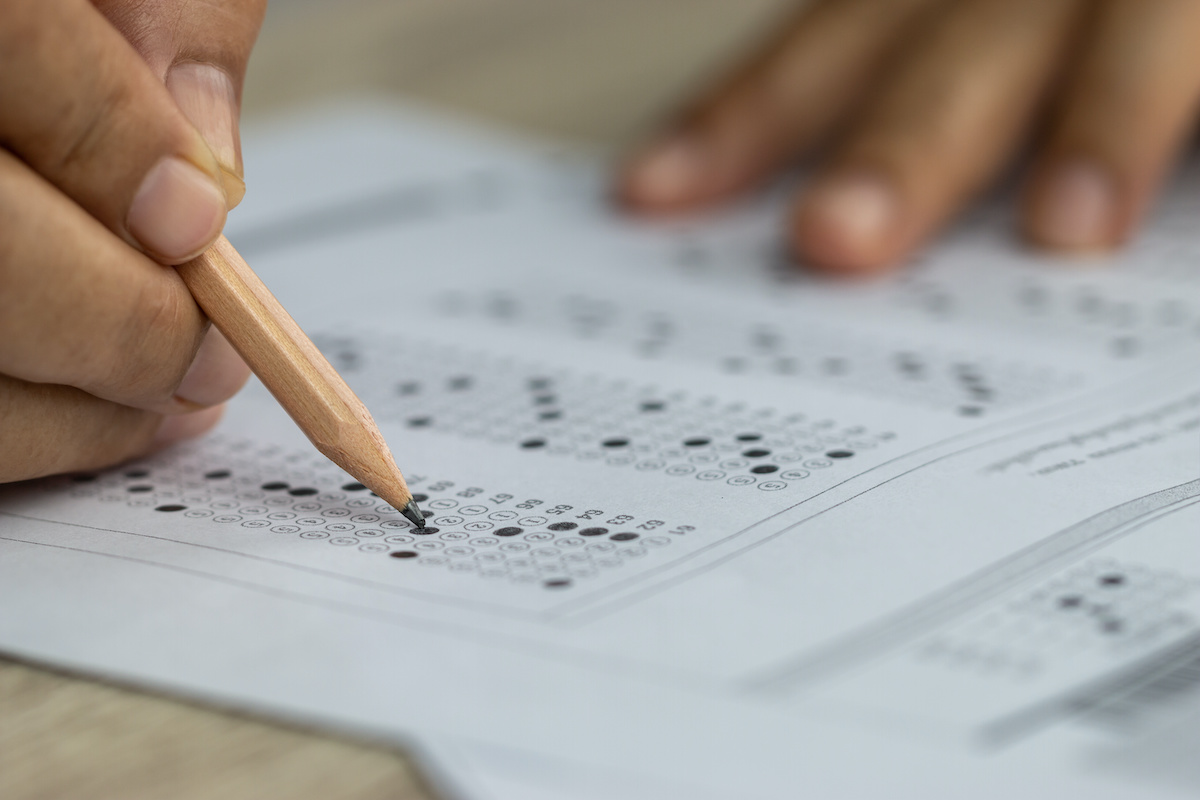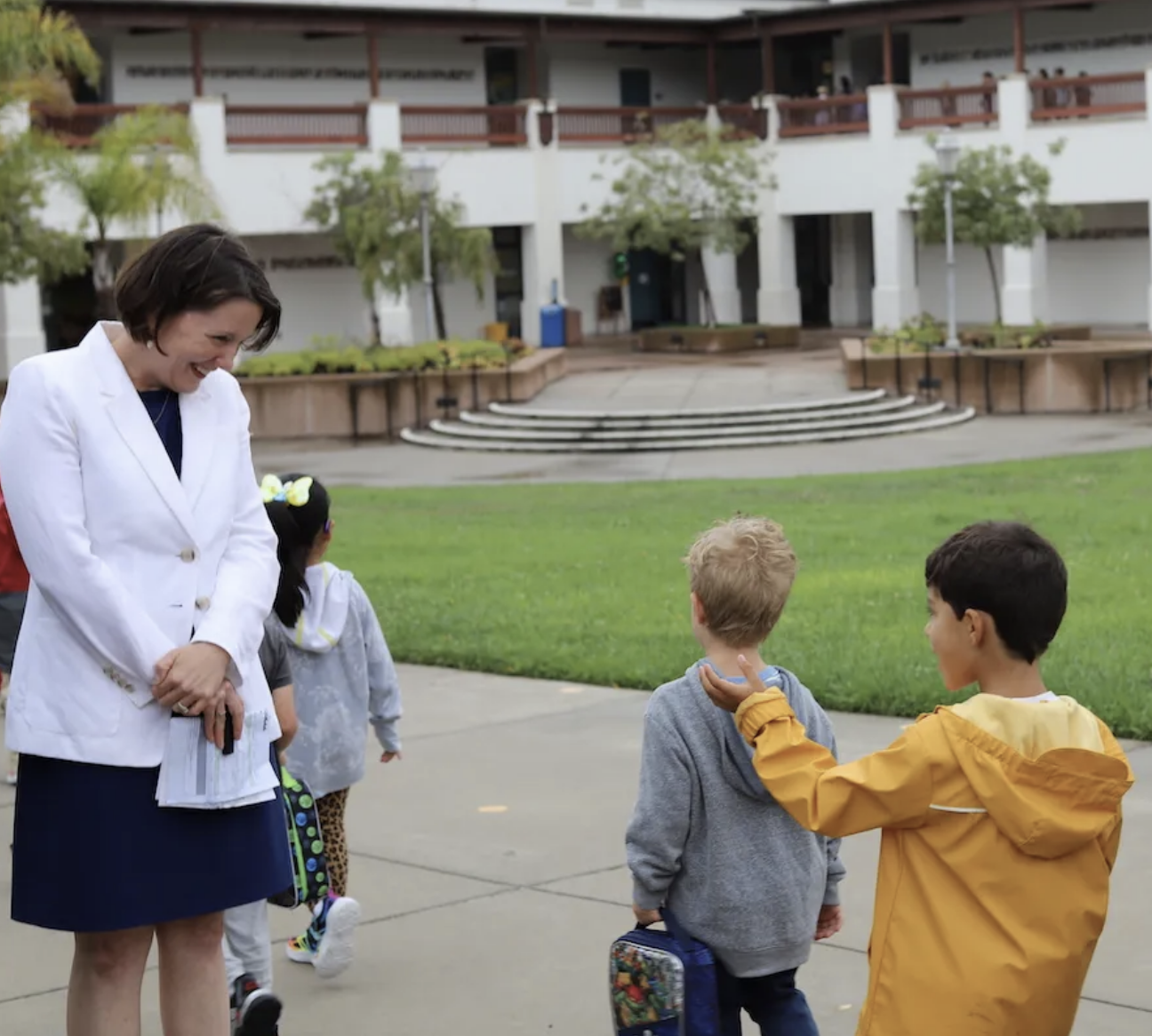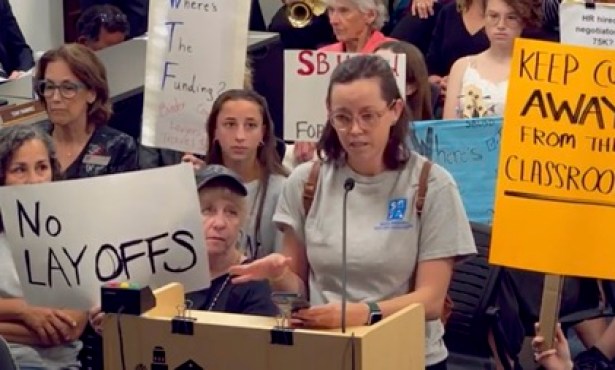Final State Test Results Released for Santa Barbara Unified
Numbers Changed Only Slightly from Preliminary Data in September

Final test results were released for the 2022-2023 California Assessment of Student Performance and Progress (CAASPP), and the numbers do not lie: It’s better than the year before, but it’s still not good.
Santa Barbara Unified’s final scores were 50.08 percent meeting or exceeding the standard for English language arts (ELA) and 38.1 percent for mathematics across all grades. Those numbers changed only slightly from the preliminary data in September.
The district is still hovering above statewide averages, which were 46.66 percent in ELA and 34.62 percent in math. In Santa Barbara County, districts averaged 39.17 percent in ELA and 28.44 percent in math.
Poor performance rates across the board are disproportionately reflected in the scores of students of color, students with disabilities, English multilingual learners (EMLs), and socioeconomically disadvantaged students.
According to CASSP official data for Santa Barbara Unified, Hispanic and Latino students’ scores rose slightly in 2022-23, with the averages for ELA and math across grade levels increasing by 2 percent.
However, their average scores have remained at or below 40 percent in ELA and below 30 percent in math since 2014. In both subjects, there is a huge discrepancy when compared to White students, who averaged above 70 percent in ELA in 2021-22 and 2022-23 and have remained around 60 percent in math for both years.
Black students’ averages increased by about 4 percent in ELA and 2 percent in math this year, but they took a nosedive the year before. In 2022-23, only 30.55 percent of Black students met standards in ELA, and only 19.44 percent met standards in math.

It’s better than last year, but when comparing those to Black students’ pre-pandemic scores, it’s nothing to celebrate. In 2018-19, they averaged 50.9 percent in ELA and 44.2 percent in math. That’s a hard fall.
If you take wealthier students’ scores and cut them in half, you have the scores for socioeconomically disadvantaged students. Wealthier students averaged 72 percent in ELA and 58 percent in math in 2022-23; disadvantaged students averaged 36 percent in ELA and 25 percent in math.
All Santa Barbara Unified schools, on average, saw a little more than 2 percent improvement from 2021-2022 in both subjects. However, some schools are anomalies — either they made significant strides in each subject or were already relatively far ahead and stayed that way.
Adams Elementary scores grew by 14 percent in both subjects; Roosevelt Elementary grew by almost 15 percent in ELA and 9 percent in math; La Colina Junior High grew by 7 percent in ELA and 8 percent in math; and Harding Elementary grew by 5 percent in ELA and nearly 18 percent in math.

“We nurture social-emotional development through our mindfulness program and ensure the highest quality instruction through collaboration among our teacher teams,” said Roosevelt Principal Valerie Galindo, who credits the growth to tailoring their learning approaches to each individual student.
La Colina Junior High leads the district’s junior highs in both subjects: 67.5 percent of students met or exceeded standards in ELA, and 56.4 percent met or exceeded standards in math. Dos Pueblos High School leads secondary schools across the county in both ELA and math test scores. Dos Pueblos students averaged 72 percent in ELA and 46 percent in math.
La Colina Principal Jennifer Foster said their growth is thanks to the hard work of their teachers, and she commended students for their “perseverance” and “academic self-confidence.”
“These results validate the dedicated efforts of our teachers and staff to engage all students in rigorous standards-based learning experiences and provide appropriate support,” Foster said.

Dos Pueblos Principal Bill Woodard says his school is focusing on “The Four Cs” to improve student learning: creativity, communication, critical thinking, and collaboration.
“We really zeroed in on elevating students’ critical thinking schoolwide,” Woodard said. “Our number-one mission was how can we engage students in higher levels and in deeper critical thinking skills to help improve learning.”
While this year’s relative growth is being celebrated, Santa Barbara Unified said it is “committed to continuing to see even more improvement in the coming years ahead.”
“We are proud and grateful to our teachers and staff for their hard work and dedication,” said Superintendent Dr. Hilda Maldonado. “However, we still have a lot of focused, intentional instructional support to close the achievement and opportunity gaps that persist. All students need to be prepared to be caring, literate, and critical thinkers.”
According to the district, it and school leaders “have analyzed the data to determine the next steps and how we can continue to improve test scores.” The next steps include building plans to “meet the unique needs of each school,” the continued implementation of the new literacy curriculum in elementary schools, and collaborative “Learning Walks” to build relationships and guide decisions for professional learning support.
The secondary schools are concentrating on “rigorous standards-based lessons for all students, known as High-Quality Tier 1 Instruction,” as well as implementing Universal Design for Learning classes to better meet the visual, auditory, and spatial needs of learners.




You must be logged in to post a comment.